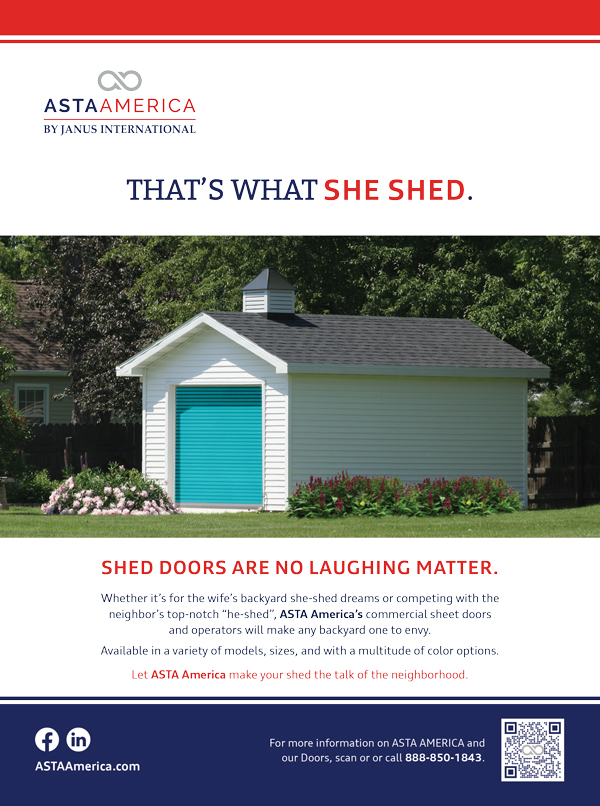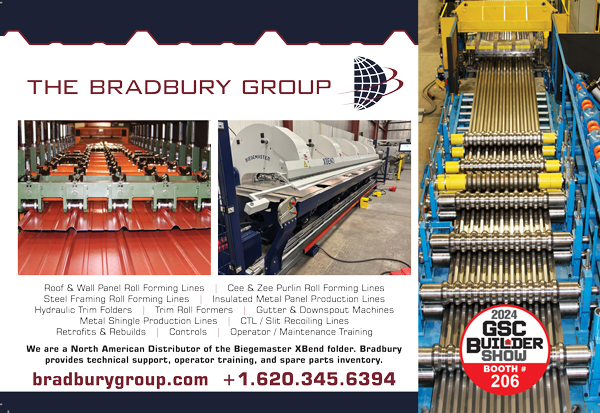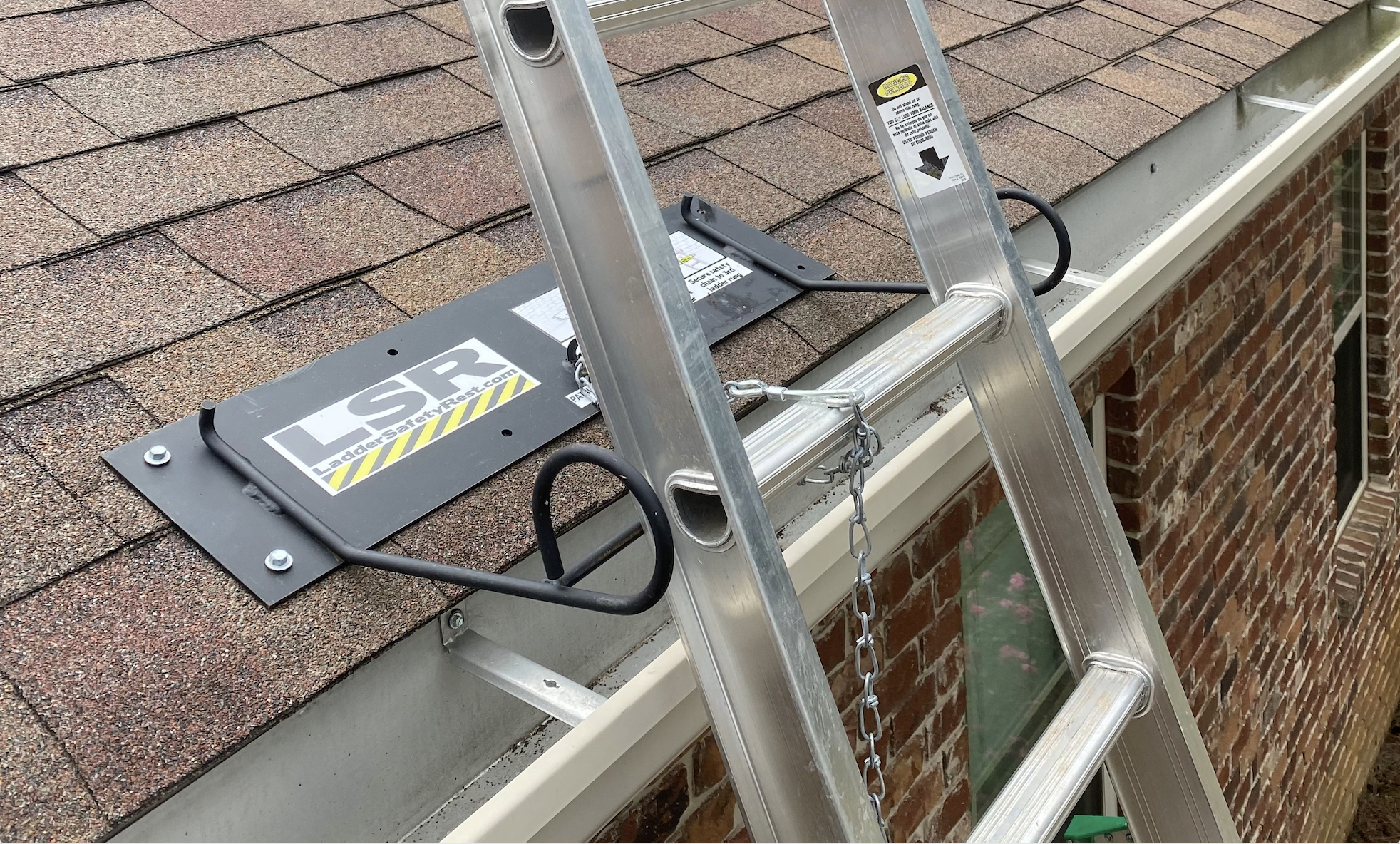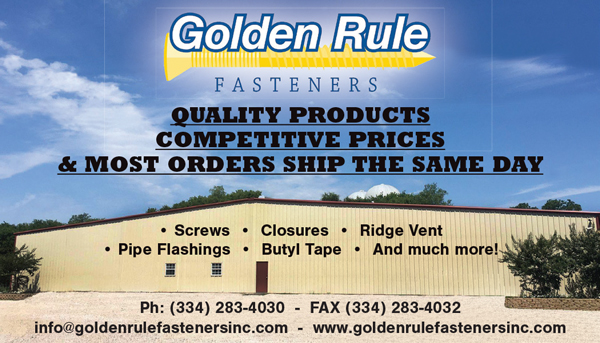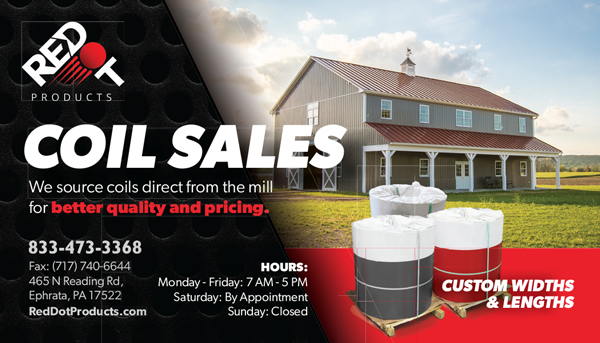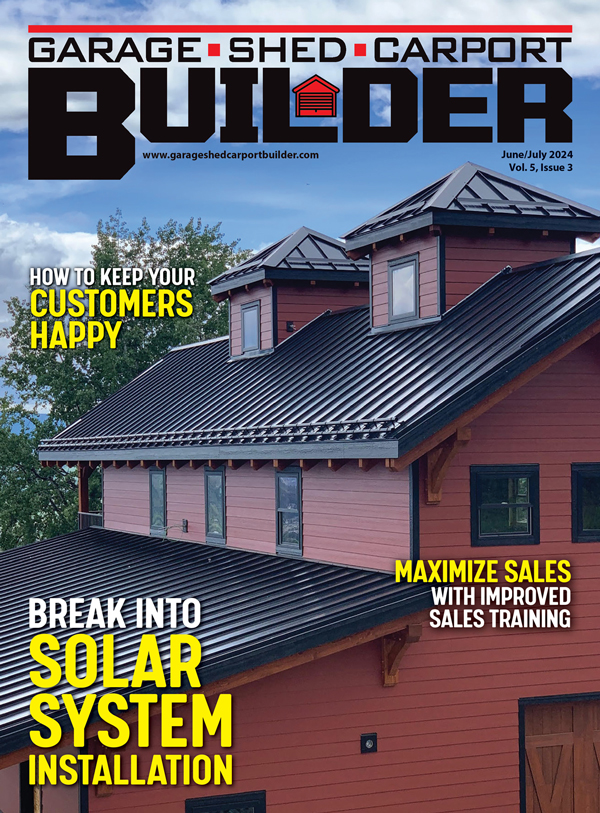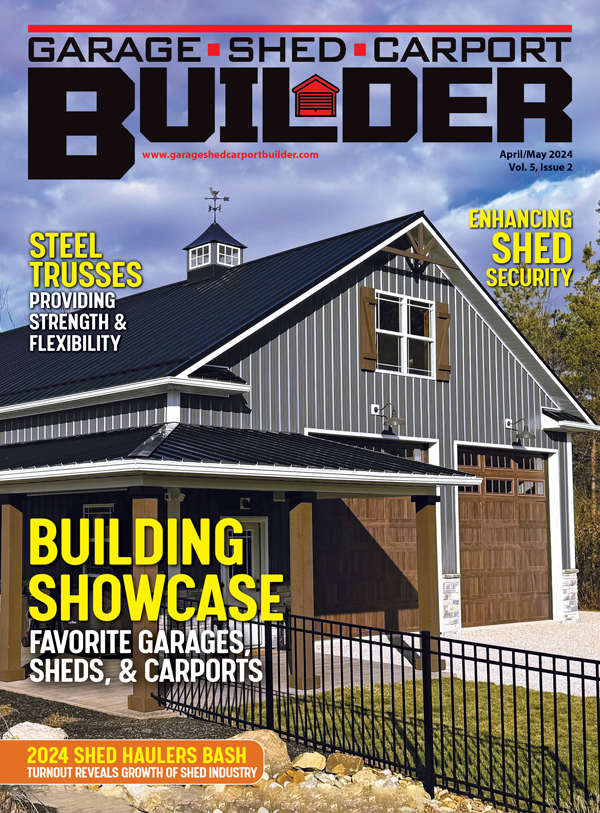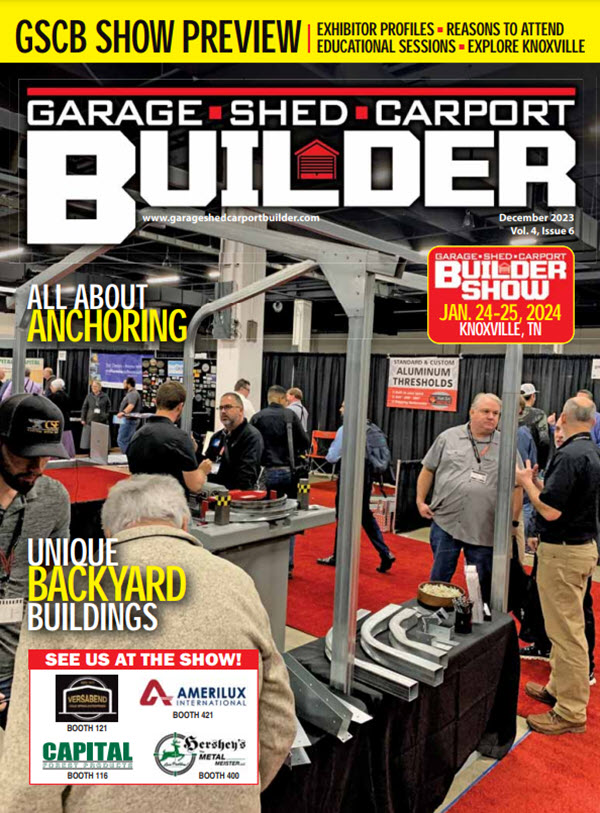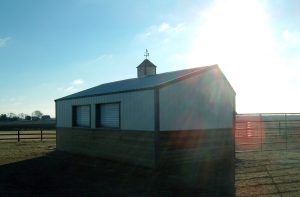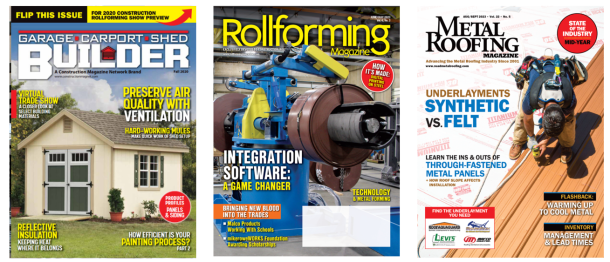Making Quick & Safe Deliveries
by Karen Knapstein
If your company builds miniature buildings and you don’t offer delivery, it’s in your best interest to look into it. When you can take the worry of delivery away from a potential customer, you’re one giant step closer to closing the deal.
Two pieces of equipment make portable shed and mini barn delivery a whole lot easier: the shed mover and the delivery trailer.
Trailer Safety
Without the proper equipment, getting a shed to its final destination can be tricky—if not downright dangerous. Perhaps you’ve seen what can happen when a portable shed is loaded onto a trailer that’s under-rated or under-sized. Or perhaps the shed buyer decided they can handle it themselves. It’s not pretty; the shed can flip off the trailer, the trailer axel can give out. As a professional, you’re in the right position to take the work and worry off the consumer’s shoulders.
The boom in the backyard shed industry has led to innovations in specialty trailers as shed builders seek easier and safer options for delivery. Features on custom shed-delivery trailers might include sideways wheels; belts or chains embedded in the trailer deck to draw the shed onto or off of the trailer; various hydraulic systems to tilt, raise, and shift the bed without having to move the trailer; on-board motors; front extensions; tail extensions; hydraulics to raise the entire bed; hydraulic side-shift tail; wireless remote controls … the list goes on and on.
As you can imagine, the bells and whistles can bump up the price of these custom trailers. Beginners and dabblers in the industry don’t despair: There is a healthy used equipment trade. Some manufacturers even offer used trailers.
While we can’t cover all the custom options of these trailers, there is one area that is common to all of them: Safety. Towing a trailer—especially a loaded trailer—can be intimidating if you don’t have the right tow vehicle or equipment, so here are a few (by no means all-inclusive) towing basics:
1. Match the maximum trailer weight allowed for the tow vehicle to the Gross Vehicle Weight Rating (GVWR) of the trailer. Don’t exceed the GVWR; you can find it in the owner’s manual.
2. Make sure your tow vehicle tires and your trailer tires are properly inflated. Check tire inflation before each delivery.
3. Make sure your tow vehicle has the correct plug to match your trailer.
4. Check the coupler for fatigue, damage, cracks or missing parts before towing. Be sure the hitch ball size matches the coupler size for the trailer and make sure the GVWR of the hitch ball exceeds the GVWR of the trailer.
5. Don’t overload your trailer. You should load 60% of your cargo’s weight in the front of the trailer. This will put approximately 10% of the loaded trailer weight on the hitch. Always secure the trailer to the tow vehicle when loading or unloading.
6. Check your lug nuts frequently. During the first 200 miles of towing your new trailer, check them every 50 miles. After the first 200 miles, check them before every trip. Proper torque for tightening lug nuts is between 90 and 120 ft. lbs.
7. Know how your trailer works before taking it on a delivery. Tricked-out trailers can make your life a lot easier, but things can go the other way, too. They are much more complicated than a simple cargo hauler. The last thing you need is a shed catastrophe because you pushed the wrong switch.

The hydraulic T-bar helps stabilize the shed while being moved into position. Photo Credits: Cardinal Manufacturing LLC
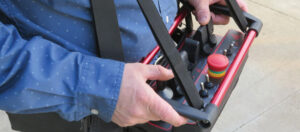
The optional wireless remote control gives the Mule operator maximum visibility while maneuvering the shed into place. Photo credit: Cardinal Manufacturing LLC
Shed Mules
Though a tricked-out trailer may meet the need in a lot of situations, there are many times when conditions are so extreme that the best trailer still falls short. Enter the Mule. Using a Shed Mule, there is no need to drive a loaded truck and trailer over the owner’s lawn, possibly causing damage to the property. It also allows delivery into some pretty tight spots. Cardinal Manufacturing is an outstanding name in the shed mule game. For those not familiar, a “mule” is a tow-motor specially designed for moving sheds. One end of the shed is lifted with forks, and a pair of dollies are slid underneath between the skids. The shed is then lowered onto the dollies and the operator lifts the opposite end of the shed. The mule is then used to maneuver and steer the shed into its final placement. This simple configuration allows a single operator to easily move and place sheds.
Cardinal Manufacturing holds the patent for the “Mule” and currently manufactures four different models, so shed builders can choose the Mule that best fits their needs. All come with a hydraulic T-bar to steady the shed while it is being moved.
The Mule 413 is the company’s most economical and best-selling machine; it’s suitable for moving small to medium sized sheds. The 413 has variable displacement hydrostatic drive and is powered by a 13-HP Honda engine that produces 44,000 in. lb. axle torque, with a mast capacity of up to 5,000 lbs.
The big boy of the bunch is the Mule 737T, which features a 37HP Vanguard engine. “With a standard 10,000 pound lifting capacity with power rotator, 119,000 in. lb. of axle torque, and 10,000 pound capacity dollies, the Mule 737T is especially equipped for the most extreme deliveries of the largest sheds and cabins in the industry,” Cardinal says.
In addition to the heavier load rating, options on the advanced models include wireless remote control, which allows the operator to walk around and view all angles of the shed during placement.
Steve Borntrager, Cardinal Manufacturing customer support specialist, shared a few recommendations of do’s and don’ts while delivering sheds with Cardinal Mules. “There are a lot of safety features built in, and a lot of guidelines in the owner’s manual. Get familiar with the safety features and follow the guidelines in the owner’s manual,” he said. “Do those things for the safety of the operator and the machine.
“Check the machine over daily to make sure things are as they should be,” he advised. “Keep up on the regular maintenance. Most of the failures we see are from operator error and negligence,” he explained.
“They say you should always have a spotter,” he continued. “A lot of guys do [deliveries] by themselves, but you should always have one or two spotters along to make sure you’re safe no matter what you do.
“Delivery is a niche market,” he said. “Basically be very familiar with your machine. If you’re not familiar, don’t try to deliver a shed. Become familiar with your machine at a yard where there’s room to get to know it. Have some training before you try to use a machine in the field.”
Borntrager said they sell directly to consumers, but they also sell through distributors, of which they have five and are on the lookout for more.
A Final Recommendation
Delivery is an excellent benefit to offer your customers, but protect yourself from delivery-related complaints. Make sure you spell out the site preparation instructions so the shed can be placed properly. And you should strongly recommend—if not flat-out require—that the owner be there so any issues or questions can be resolved immediately. GCSB


